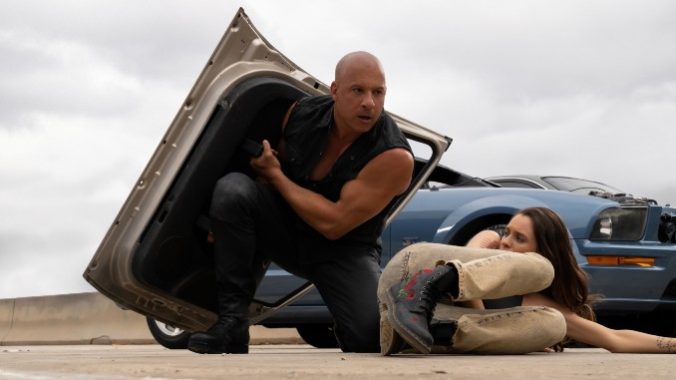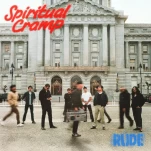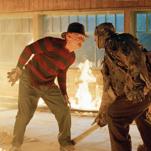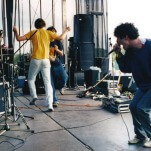Sequel Sludge Clogs the Engine of the Audacious Fast X

If you like fight scenes, fast cars and great actresses appearing for brief periods to give exposition, do I have a movie for you. Fast X asks you to shift your brain into low gear, power over a bumpy road of uneven dialogue, and hang on for some tight turns and incredible leaps—in the air and in logic. A film must be satisfying enough to overcome the demerits of whatever stupidity enables its fun factor. Your mileage will vary greatly depending on your personal appetite for sequel sludge, but if you’re the sort of person considering watching a Fast & Furious movie, you’re probably the sort of person that will enjoy it. Earnest dollars and ironic ones spend the same. Fast X is not an example of tight action cinema, nor is it an expression of how violence can be art. It is largesse in the service of wowing audience members—its greatest feat is the audacity it wields to impress.
After expository archival footage, the opening barbecue creates a clearer direct connection between the family and the “Agency” they take missions from, which is soon thereafter severed by the plot. That severing is handled by Aimes (Alan Ritchson, who played Arthur Curry on Smallville, giving the film two Aquaman connections) after the family shares a botched mission in Rome with Mr. Nobody’s (Kurt Russell) former second-in-command Little Nobody (Scott Eastwood). They’re set up by Dante Reyes (Jason Momoa, the second Aquaman connection), the son of the late Río de Janeiro drug kingpin Hernan Reyes (Joaquim de Almeida), on a revenge mission a decade in the making.
Aimes gives Mr. Nobody’s missing-in-action daughter Tess (Brie Larson) highlights of the last two decades of Fast & Furious films (literal shots from the previous movies, as if the real-life camera crew was working for the Agency), noting the team’s humble beginnings and securing a capture-or-kill order from a council of shadowy profiles—images on screens, like the folks who ordered the nukes at the end of the first Avengers. Then it’s off to the races, as the playfully deranged psychopath and the extrajudicial governmental agency chase the drivers with superpowered cars.
A welcome and all-to-brief return to the world of street racing is shot and edited to feel both like a throwback and like it’s a commercial for the film—disruptive when it should feel cohesive. There are explosions, surprise cameos and advertised bit parts, gleeful death-dealing by a child and, of course, a cliffhanger.
Fast X doesn’t completely do away with practical stunts and camerawork, a blessing considering the film’s frequent overreliance on CGI. The car and bike chases maintain tension, and the constant raising of stakes may have you nodding like a sicko as often as shaking your head at the impossibility of it all. But Fast X isn’t flawless, even for aficionados of over-the-top action blockbusters.
Michelle Rodriguez’s Letty is very compelling doing physics-defying motorcycle driving, though insurance no longer allows her to do her own stunts like she did early in her career, but Vin Diesel’s best acting days were probably left in the ‘00s, between Saving Private Ryan and the first iteration of this franchise, when he felt he had something to prove. Here, he’s overshadowed by better supporting performers. Larson shines when on screen, but feels wasted in a surprisingly small role. Nathalie Emmanuel overpowers every poorly-written line with elegant delivery, expression and sheer force of will, selling pathos while surrounded by escalating absurdity. Charlize Theron and John Cena match their superior acting chops with their superior believability as combatants. And Ludacris and Tyrese’s confrontational bromance continues unabated.
-

-

-

-

-

-

-

-

-

-

-

-

-

-

-

-

-

-

-

-

-

-

-

-

-

-

-

-

-

-

-

-

-

-

-

-

-

-

-

-








































